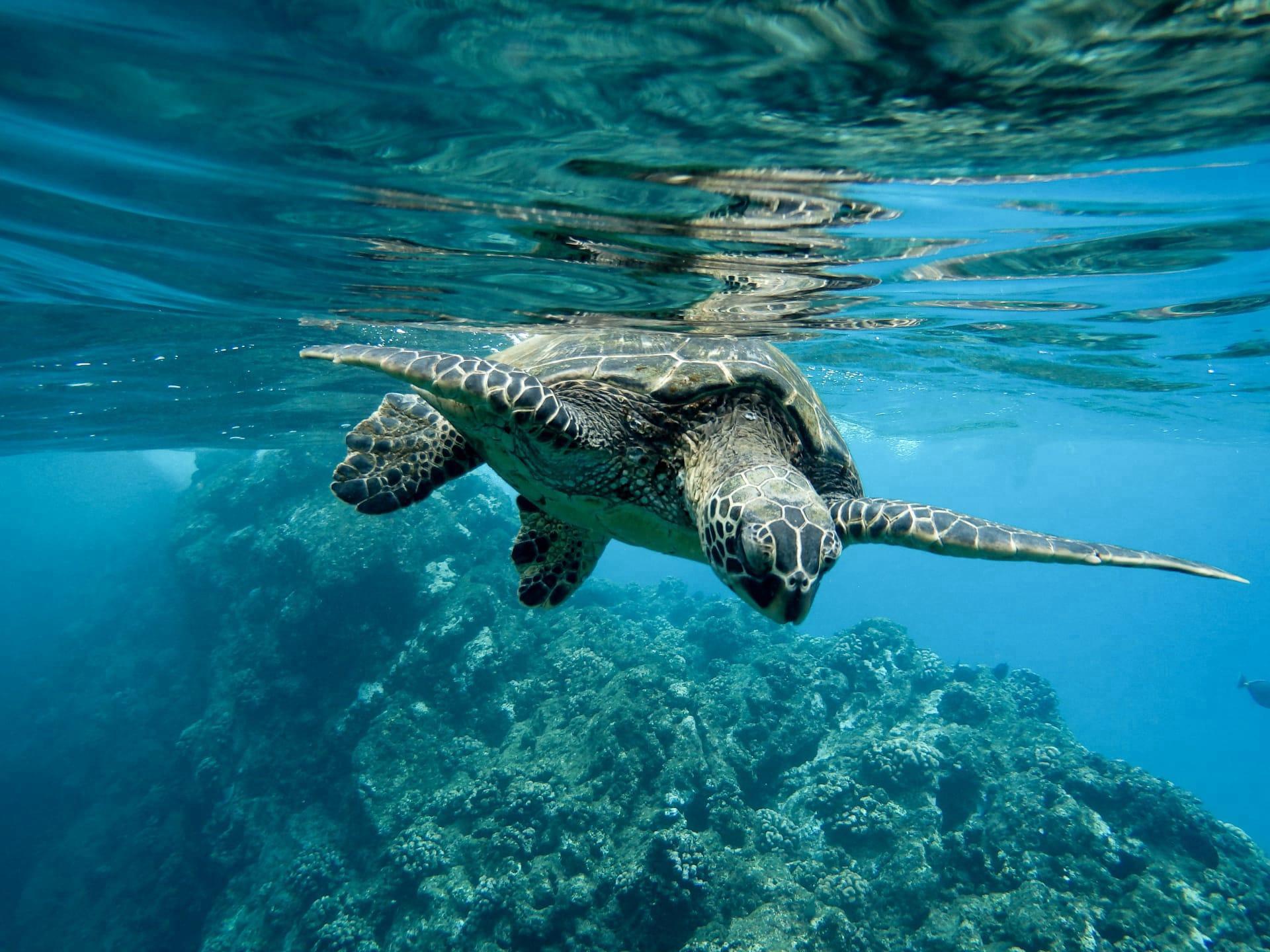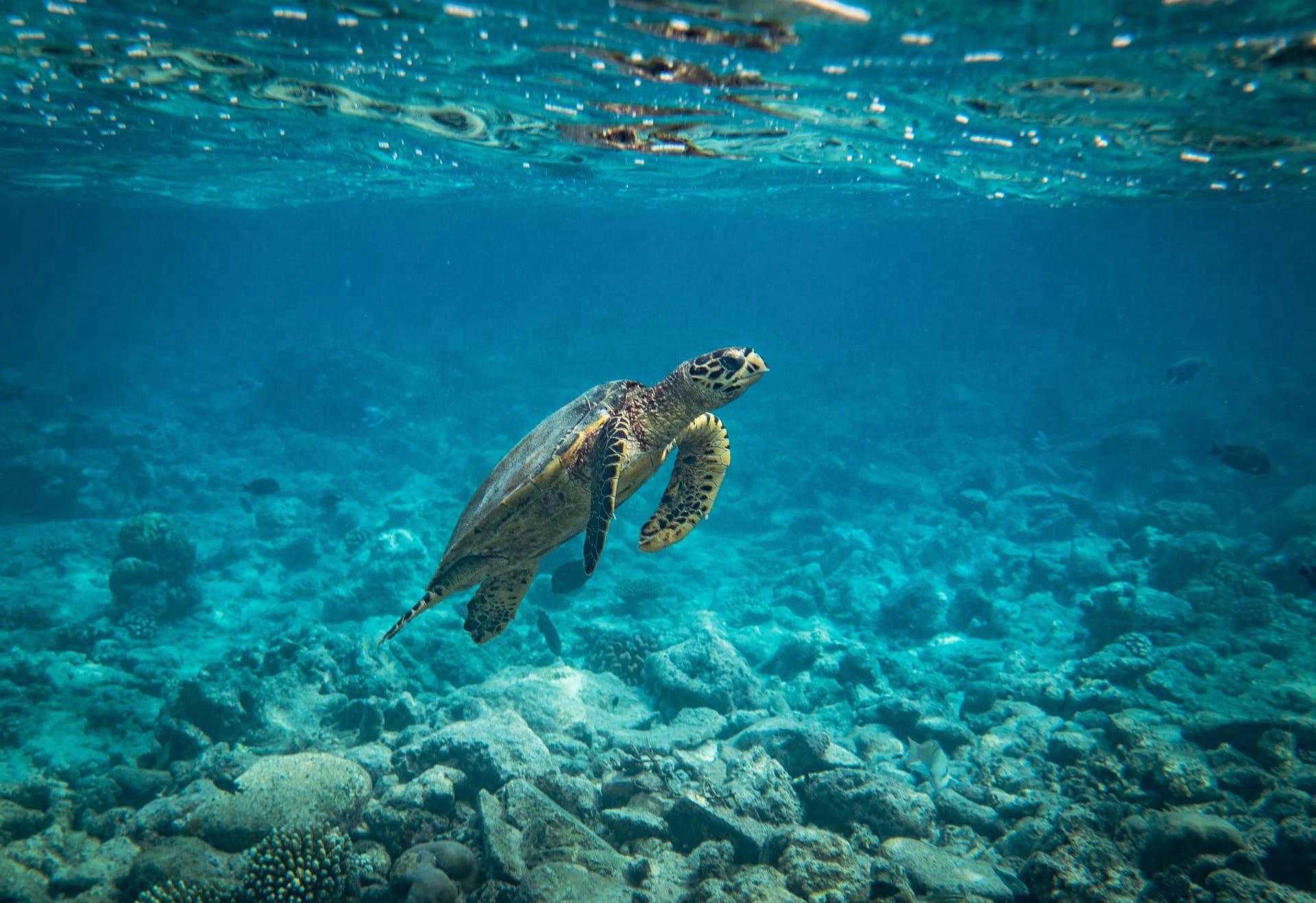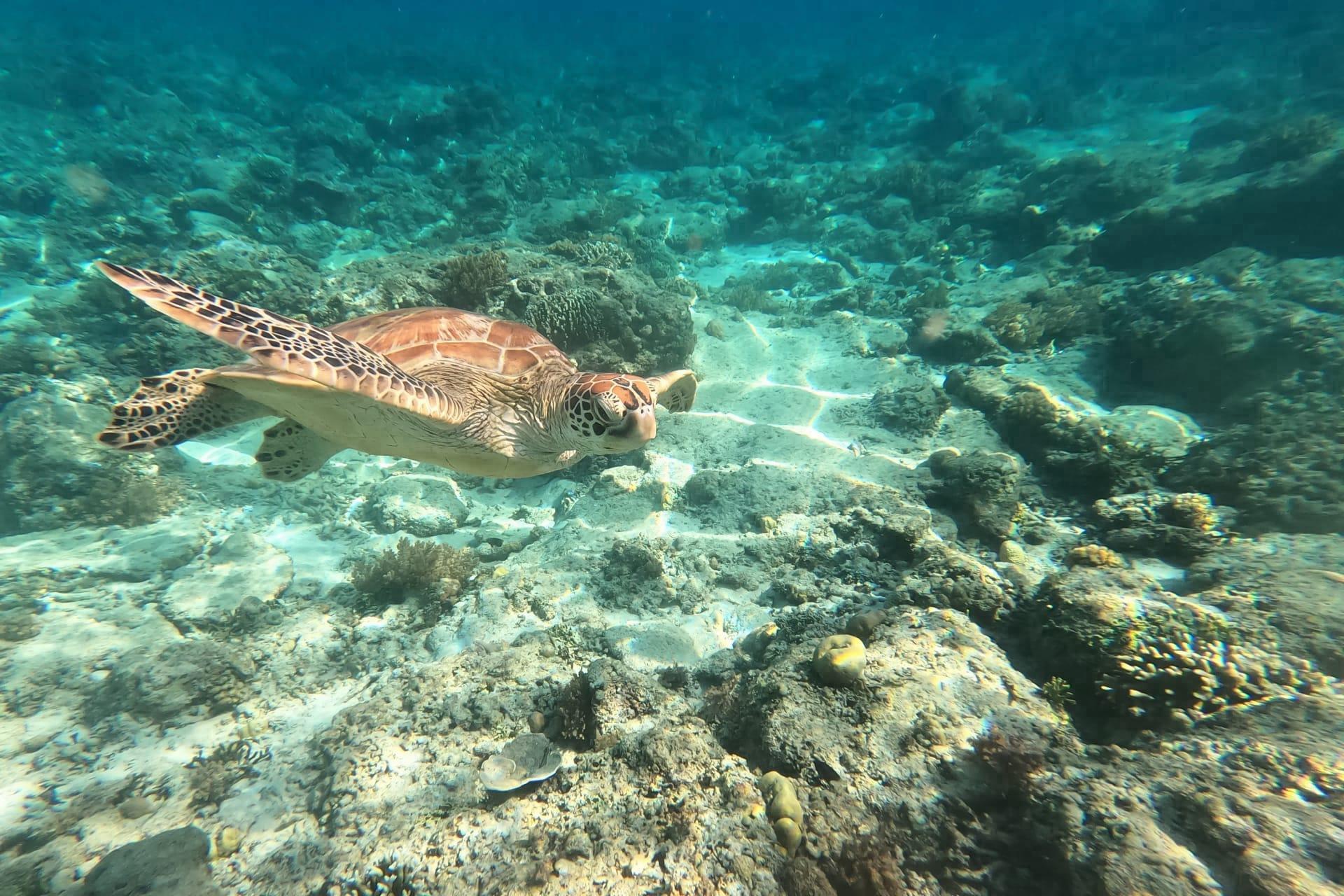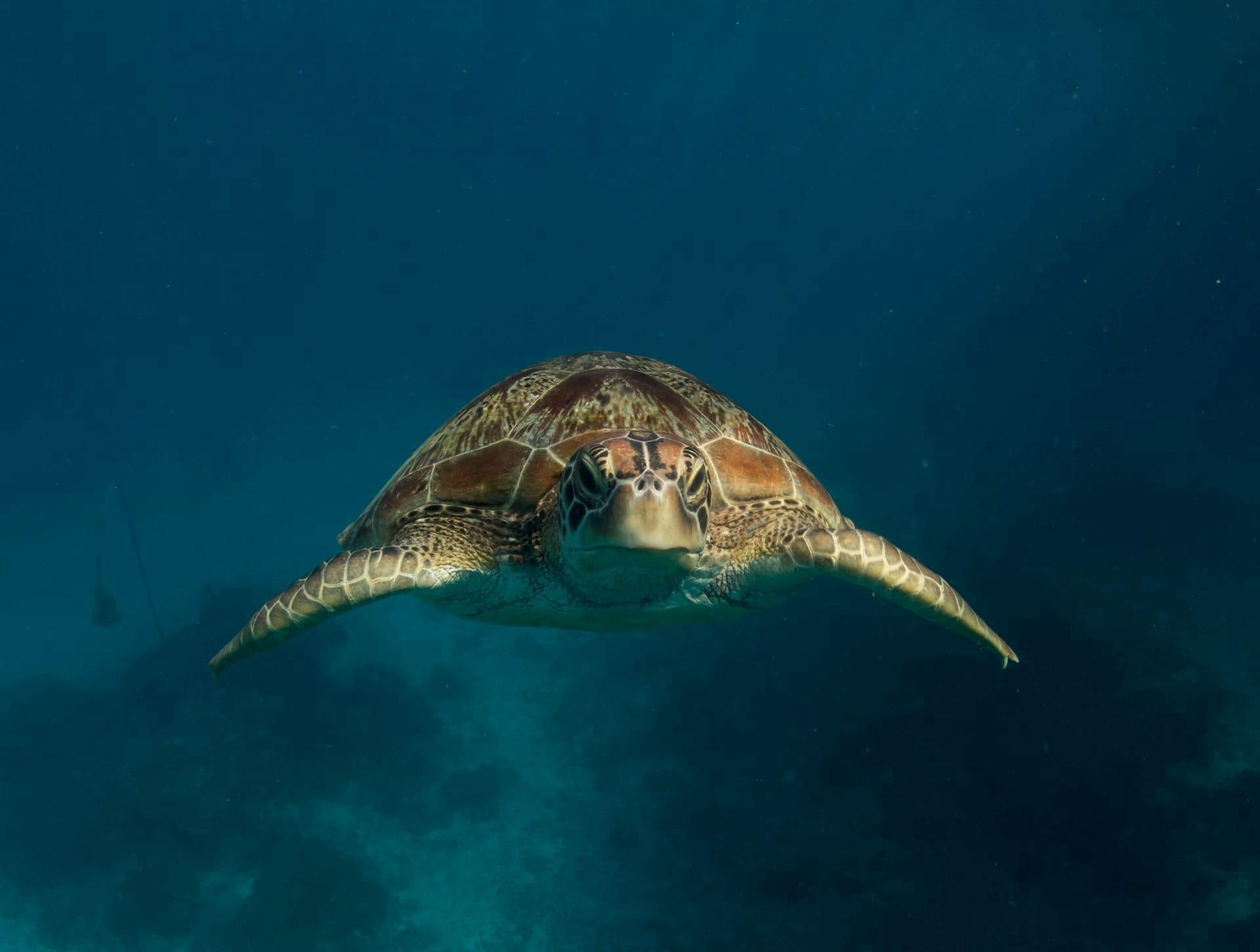1
Sea turtles have a remarkable navigation ability. They can travel thousands of miles across the ocean, yet they return to the exact beach where they were born to lay their eggs. This phenomenal homing instinct is believed to be guided by the earth's magnetic field. For instance, the leatherback turtle, the largest of all sea turtle species, can travel over 10,000 miles in a year, journeying from the Caribbean to the Arctic. Their internal magnetic compass enables them to navigate these vast distances with astonishing accuracy.
Another intriguing fact about sea turtles is their longevity. These creatures are among the longest-living animals on the planet. Some species of sea turtles can live for more than 50 years, and there are reports of individuals living up to 100 years. Their long lifespan is partially attributed to a slow metabolism and a life spent mostly in the buoyant, less-stressful environment of the ocean. This extended life allows them to contribute significantly to their ecosystem over many decades.

2
Sea turtles play a crucial role in maintaining healthy marine ecosystems. For example, green sea turtles, with their vegetarian diet, help maintain the health of seagrass beds. By grazing, they prevent these underwater meadows from becoming overgrown, which is vital for the survival of many marine species that rely on seagrass beds for food and habitat. The health of seagrass beds also impacts the rate of carbon sequestration in ocean environments.
Another fascinating aspect is their temperature-dependent sex determination. The sex of sea turtle hatchlings is not determined by genetics but by the temperature of the sand where the eggs are incubated. Warmer sand temperatures tend to produce more female hatchlings, while cooler sand leads to more males. This unique characteristic has significant implications in the context of climate change, as rising global temperatures could lead to a disproportionate number of female hatchlings, impacting the future population dynamics of these species.

3
Sea turtles have a unique adaptation called counter-current heat exchange, which helps them survive in varying water temperatures. This system allows them to maintain a core body temperature higher than the surrounding water. For instance, leatherback turtles, despite being cold-blooded, can maintain a body temperature up to 18°F (10°C) warmer than the water they swim in. This adaptation enables them to thrive in colder waters, expanding their habitat range significantly.
Also remarkable is the sea turtles' ability to hold their breath for extended periods. While resting or sleeping underwater, they can hold their breath for several hours. During these times, their heart rate slows dramatically to conserve oxygen, with heartbeats as infrequent as once every nine minutes. This ability is crucial for their survival, allowing them to dive to great depths and stay submerged for long durations while foraging for food.

4
The diet of sea turtles varies significantly among species, reflecting their diverse habitats and lifestyles. For instance, green sea turtles are primarily herbivores, eating seagrass and algae, while loggerhead turtles are omnivores, consuming a wide range of food including jellyfish, crabs, and mollusks. Leatherback turtles, on the other hand, primarily feed on jellyfish, and their consumption helps control jellyfish populations, which can otherwise grow out of control and disrupt marine ecosystems.
Sea turtles also have a unique method of dealing with the excess salt from their ocean habitat. They have special glands near their eyes that function as salt glands. These glands expel the excess salt from their body, which often makes it look like the turtles are crying. This ability to balance their internal salt concentration is vital for their survival in the marine environment, where drinking seawater is an inevitable part of life.

5
Sea turtles have an extraordinary sense of time and season, which plays a crucial role in their breeding and migration patterns. For instance, they can detect the onset of seasonal changes and time their migration and breeding accordingly. This sense is thought to be influenced by environmental cues like the angle of the sun, water temperature, and daylight length. Their ability to respond to these cues ensures that they arrive at their breeding grounds at the optimal time for mating and nesting.
Sea turtles have a symbiotic relationship with several marine creatures. For instance, small fish and shrimps often feed on parasites found on the turtles' shells and skin. This relationship not only benefits the sea turtles by keeping them free of parasites but also provides a food source for these smaller creatures. This symbiosis highlights the interconnectedness of marine life and the importance of sea turtles in their ecosystems.